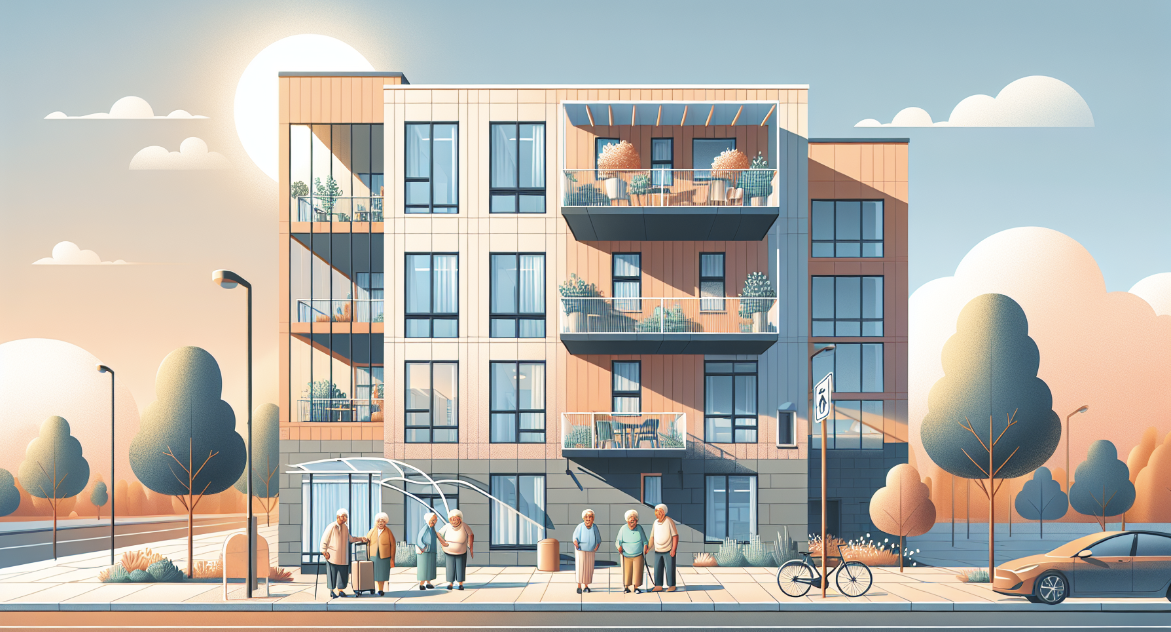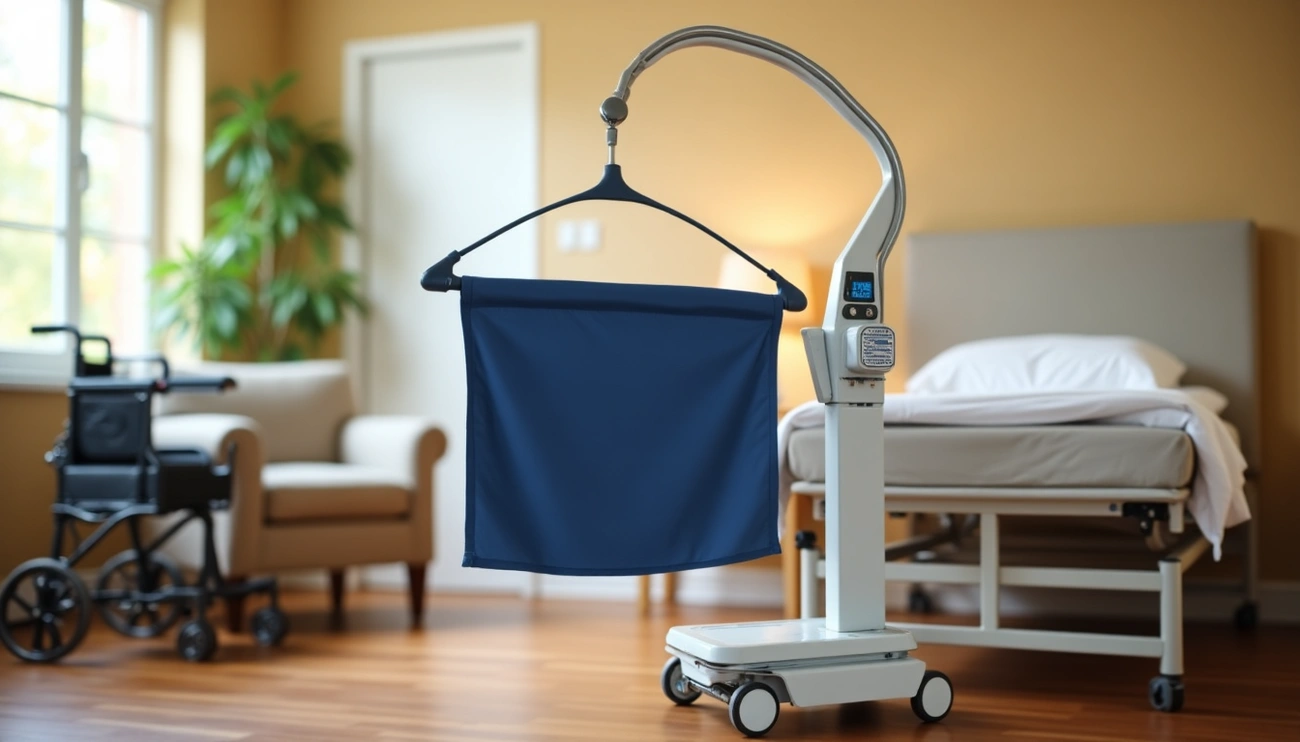Finding affordable senior housing can be a formidable challenge, with approximately 25% of senior homeowners and 54% of renters feeling the financial strain of being cost-burdened, dedicating 30% or more of their monthly income to housing expenses. However, for retirees on a fixed income, low-income apartments emerge as a viable solution, supported by various payment options including Medicare, Medicaid, and long-term care insurance, alongside government and grant-funded programs aimed at reducing out-of-pocket housing costs.
When considering the transition to low-income senior apartments, retirees must weigh several critical factors including government funding, eligibility for different payment options, quality of life, and how to steer clear of potential scams. With a range of low-income apartments and subsidized housing options available, like Section 8 housing list and HUD housing assistance, navigating the hud application process becomes a pivotal step for seniors seeking rental assistance and affordable housing that meets their future needs.
Aging in Place
Aging in place allows retirees to remain in the comfort and familiarity of their own homes, offering both emotional and practical benefits. This approach is favored by a significant majority of seniors due to its potential to maintain independence and community connections. Here are some key aspects to consider for those looking to age in place effectively:
- Home Modifications for Safety and Accessibility:
- Assess each room for potential hazards using tools like the Home Safety Checklist.
- Implement necessary changes such as installing grab bars in bathrooms, stair lifts, and walk-in bathtubs to facilitate mobility.
- Planning for In-Home Support Services:
- Identify current and future needs for assistance with activities of daily living (ADLs) such as cooking, cleaning, and personal care.
- Explore options for home-based care services, which may include health monitoring, transportation, and meal preparation.
- Financial and Community Resources:
- Utilize financial aids such as reverse mortgages, property tax relief, and government programs like HUD’s Section 202 to manage the costs associated with home modifications and in-home care.
- Engage with local community resources provided by the Area Agency on Aging or similar organizations to support aging in place.
By addressing these areas, aging in place can be a viable and fulfilling option for retirees, allowing them to maintain their lifestyle and independence while adapting to their evolving needs.
Independent Living Communities
Independent living communities cater specifically to the needs of retirees, offering a blend of autonomy and essential support services. These communities are designed to provide a maintenance-free lifestyle, which is a significant attraction for those wishing to enjoy their retirement without the burden of home upkeep. Key features include:
- Variety of Living Options: Residents can choose from Active Adult, Independent Living, Enhanced Living, Assisted Living, and Memory Care options, depending on their specific needs and preferences.
- Social and Recreational Activities: To foster a vibrant community spirit, these communities organize weekly activities such as happy hours, board game nights, book clubs, and excursions to local attractions.
- Health and Wellness Focus: The availability of dietitian-approved meals ensures that residents receive nutritious, well-balanced diets. Additionally, wellness services are provided to support physical and mental health.
Furthermore, the communities offer luxurious amenities like spacious apartments with ample natural light, restaurant-style dining, and concierge services to assist with everyday tasks. This holistic approach not only enhances the quality of life but also promotes social interaction among residents, making it a preferred choice for many retirees.
Assisted Living Facilities
Assisted living facilities provide a supportive environment for seniors who require help with daily activities but still wish to maintain a degree of independence. The cost and services offered in these facilities can vary widely, influenced by factors such as geographic location, level of care needed, and the type of accommodations provided. Here are some key points to consider:
- Cost Variability: The average monthly cost of assisted living in the U.S. ranges from $3,500 to $10,500, with significant variations depending on the state and the level of luxury and care provided. For instance, states like New Hampshire have higher average costs at $6,422 per month, while Missouri is more affordable at $3,182 per month.
- Services and Amenities: Assisted living communities typically offer a range of services including meal preparation, housekeeping, medical monitoring, and social activities. Additional costs may apply for more personalized care or specialized services such as memory care.
- Payment Options: Funding assisted living can be challenging; however, options include long-term care insurance, personal savings, Medicaid (in some states), veterans benefits, and even selling a home. It’s important to explore all available resources and understand that Medicare does not cover the costs of assisted living.
These facilities not only cater to the practical needs of seniors but also foster social connections and provide opportunities for engagement, contributing to a higher quality of life.
Continuing Care Retirement Communities (CCRCs)
Continuing Care Retirement Communities (CCRCs) provide a comprehensive living solution for seniors, offering various levels of care on a single campus. This model ensures residents can remain in the same community even as their care needs evolve, encompassing independent living, assisted living, memory care, and skilled nursing care. The structure of CCRCs is designed to provide peace of mind for both the residents and their families, knowing that the necessary healthcare and assistance are readily available without the need for relocation.
Key Aspects of CCRCs:
- Housing and Care Options: CCRCs offer diverse living arrangements such as apartments, townhouses, and cottages, coupled with a spectrum of care levels from minimal assistance to intensive skilled nursing care.
- Amenities and Services: Residents can enjoy a variety of facilities including dining venues, fitness centers, art studios, and even on-site banking and shopping services. Social activities and community engagement are highly encouraged, enhancing the quality of life.
- Financial Considerations: Entry into a CCRC usually involves a significant upfront payment followed by monthly service fees, which can vary based on the apartment size, service level, and contractual agreement. These fees generally cover room and board, some utilities, housekeeping, maintenance, and access to all care services and amenities.
Contract Options in CCRCs:
- Extensive Contracts: Often referred to as “Life Care Contracts,” these include housing, residential services, and most healthcare services in one inclusive fee.
- Modified Contracts: These contracts provide a set amount of healthcare services along with housing and services, after which fees may increase if additional care is needed.
- Fee-for-Service Contracts: Residents pay a lower initial fee but pay more for healthcare services on an as-needed basis.
Choosing the right CCRC involves careful consideration of the facility’s staff qualifications, the cultural fit, safety protocols, and the financial stability of the community. Prospective residents are advised to consult financial advisors and legal experts to navigate the complexities of CCRC contracts and ensure that their investment secures a comfortable and stable future.
Subsidized Housing Programs
Subsidized housing programs play a crucial role in providing affordable housing solutions for low-income seniors. Various federal and state programs ensure that older adults have access to comfortable and safe living environments without overburdening their finances. Here are some key programs:
- Housing Choice Voucher Program (Section 8): This program assists very low-income families, the elderly, and the disabled to afford decent, safe, and sanitary housing in the private market. Participants are free to choose any housing that meets the requirements of the program and are not limited to units located in subsidized housing projects.
- Eligibility and Application: Applicants must meet specific income criteria and undergo a thorough application process.
- Benefits: A substantial portion of monthly rent and utilities is paid directly to the landlord by the housing agency, and the participant pays the difference.
- Low Income Housing Tax Credit (LIHTC): A critical program that encourages the development of affordable rental housing for low-income Americans. Properties developed under this program offer reduced rents to eligible low-income tenants.
- Scope: It provides a tax incentive for developers to create affordable housing, thereby increasing the availability of low-income housing units.
- Impact: Ensures a sustainable supply of affordable housing, benefiting thousands of low-income families and seniors.
- Section 202 Supportive Housing for the Elderly: Specifically designed to help seniors, this program offers housing that provides critical supportive services.
- Services Included: On-site coordinators help residents with daily activities like bathing, cooking, and medication management, fostering an independent lifestyle.
- Financial Aspect: Participants generally pay 30% of their income towards rent, making it a financially viable option for many seniors.
These programs are essential for supporting the housing needs of older adults, ensuring they live with dignity in environments that cater to their specific needs without financial strain.
Alternative Housing Options
Exploring alternative housing options provides seniors with various choices that cater to their specific needs and preferences. These options range from shared living arrangements to cooperative and virtual communities, each offering unique benefits.
- Accessory Dwelling Units (ADUs) and Senior Apartments: These are ideal for those seeking independence while having close access to assistance if needed. ADUs are small units on the same property as a main residence, whereas senior apartments are in age-restricted communities that offer amenities suitable for older adults.
- Cooperative Housing: Seniors purchase shares in a cooperative, gaining the right to occupy a unit and use common areas. This model fosters a community environment and shared responsibilities.
- Virtual Retirement Communities: These communities allow seniors to remain in their homes while accessing a network of support and services, which is cost-effective and maintains their independence.
Additional innovative living arrangements include:
- House Sharing: Organizations like Silvernest match seniors with compatible roommates to share home expenses and benefits from communal living.
- Adult Family Homes: These provide a home-like setting where several adults live together, receiving care and support as needed.
For those considering moving in with family or finding a roommate, numerous resources are available to facilitate these arrangements, ensuring a supportive and financially manageable living situation. Organizations such as the Good Samaritan Society and HumanGood offer structured programs and housing that meet the qualifications of low-income seniors, enhancing their living experience without financial strain.
Conclusion
As we have explored the landscape of housing options for retirees, including low-income apartments, aging in place, independent living communities, assisted living facilities, CCRCs, subsidized housing programs, and alternative living arrangements, it is clear that a multitude of solutions exist to address the diverse needs and financial capabilities of seniors. Each option presents its own set of benefits, from financial assistance and supportive services to opportunities for social engagement and independence, highlighting the importance of thorough research and careful consideration in making a housing choice that best fits an individual’s lifestyle and care requirements.
The decision on where and how to live during retirement is pivotal, with implications for quality of life, financial health, and personal happiness. By understanding the array of available housing options and the support systems they offer, retirees can make informed decisions that optimize their well-being and security in their golden years. Encouraging further exploration and dialogue on this topic can pave the way for innovations and improvements in senior housing, ensuring that the evolving needs of the aging population are met with compassion, efficiency, and foresight.
FAQs
What are affordable living options for seniors to reduce their expenses?
Seniors looking to minimize their living expenses can consider downsizing to a smaller home, apartment, or condominium. This reduction in size can decrease costs related to rent, mortgage payments, property taxes, insurance, and upkeep. Another cost-effective strategy is for seniors to share their living space with family, friends, or roommates.
Which locations are recommended for financially disadvantaged seniors?
For retirees seeking an affordable yet enjoyable place to live, several cities offer a lower cost of living compared to the U.S. average. Notable examples include Decatur, Alabama; Prescott, Arizona; Hot Springs, Arkansas; Grand Junction, Colorado; Punta Gorda, Florida; Sandy Springs, Georgia; Boise, Idaho; and Bloomington, Indiana.
Which states are considered best for low-income senior housing?
The ideal state for low-income senior housing varies based on individual needs and preferences. However, states like Alabama, Tennessee, West Virginia, South Carolina, and Wyoming are often recommended due to their affordability and the quality of life they offer seniors.
What occurs when senior citizens deplete their financial resources?
When seniors living in assisted living facilities exhaust their financial resources, they face eviction. If elderly individuals lack family support and financial means, they can become wards of the state, especially if they encounter health emergencies that prevent them from living independently.












